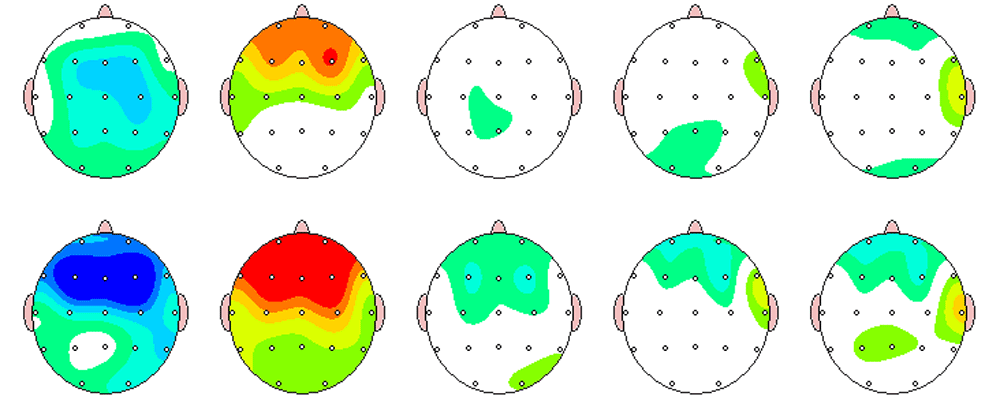Unlocking the Secrets of the Mind Through qEEG Cerebral Mapping Techniques in Mental Wellness Evaluation
Unlocking the Secrets of the Mind Through qEEG Cerebral Mapping Techniques in Mental Wellness Evaluation
Blog Article
Understanding the individual mind is a complex task, particularly when it pertains to psychological health. Conventional approaches of assessment often rely on interviews and surveys, which can occasionally overlook important details about how the mind functions. This is where quantitative electroencephalography, or qEEG, comes into the picture. qEEG is a specific technique that measures electrical signals in the cerebrum. By analyzing these brainwaves, mental health experts can gain important understandings into a person's mental condition, aiding to enhance diagnosis and treatment.
qEEG functions by applying small sensors on the scalp to capture neural activity. These sensors measure electrical impulses produced by nerve cells, the cells in the brain that interact with each other. The information gathered is then analyzed and displayed as a series of patterns. Each kind of brainwave—such as alpha, β, δ, and theta—corresponds to various psychological states and activities. For example, α waves are commonly associated with calmness, while β waves are linked to engaged cognition and issue resolution. By analyzing these patterns, healthcare providers can detect abnormalities that may suggest psychological health issues.
One of the significant benefits of qEEG is its capability to provide unbiased data. In contrast to traditional assessments that depend on personal accounts from patients, qEEG offers a clear view of neural activity. This objectivity can help reduce biases in assessment and result to more accurate intervention strategies. For example, if a client is experiencing anxiety, qEEG can reveal specific trends of neural function that are linked with anxiety disorders. This information enables mental health experts to tailor treatments more efficiently, whether it be through counseling, pharmaceuticals, or other treatments.
Moreover, qEEG can be particularly beneficial in tracking intervention advancement. By performing qEEG assessments at different points during treatment, clinicians can monitor variations in neural function over period. This continuous assessment assists ascertain whether a treatment is effective or if adjustments are needed. For instance, if a client is not reacting to a particular treatment, qEEG may indicate that their brain activity has not changed in a manner that suggests progress. This response cycle can result to more personalized and effective mental health care.
In summary, qEEG cerebral mapping is a potent instrument in the biofeedback for relaxation techniques domain of psychological health evaluation. By offering objective data about brain function, it improves the comprehension of different psychological health disorders. This technique not only assists in accurate assessment but also assists in monitoring treatment success. As psychological health experts persist to investigate the potential of qEEG, it possesses potential for enhancing the well-being of people facing mental health issues. With continuous investigation and advancements in technology, the secrets of the brain may turn more apparent, resulting to better results for those in need of support.